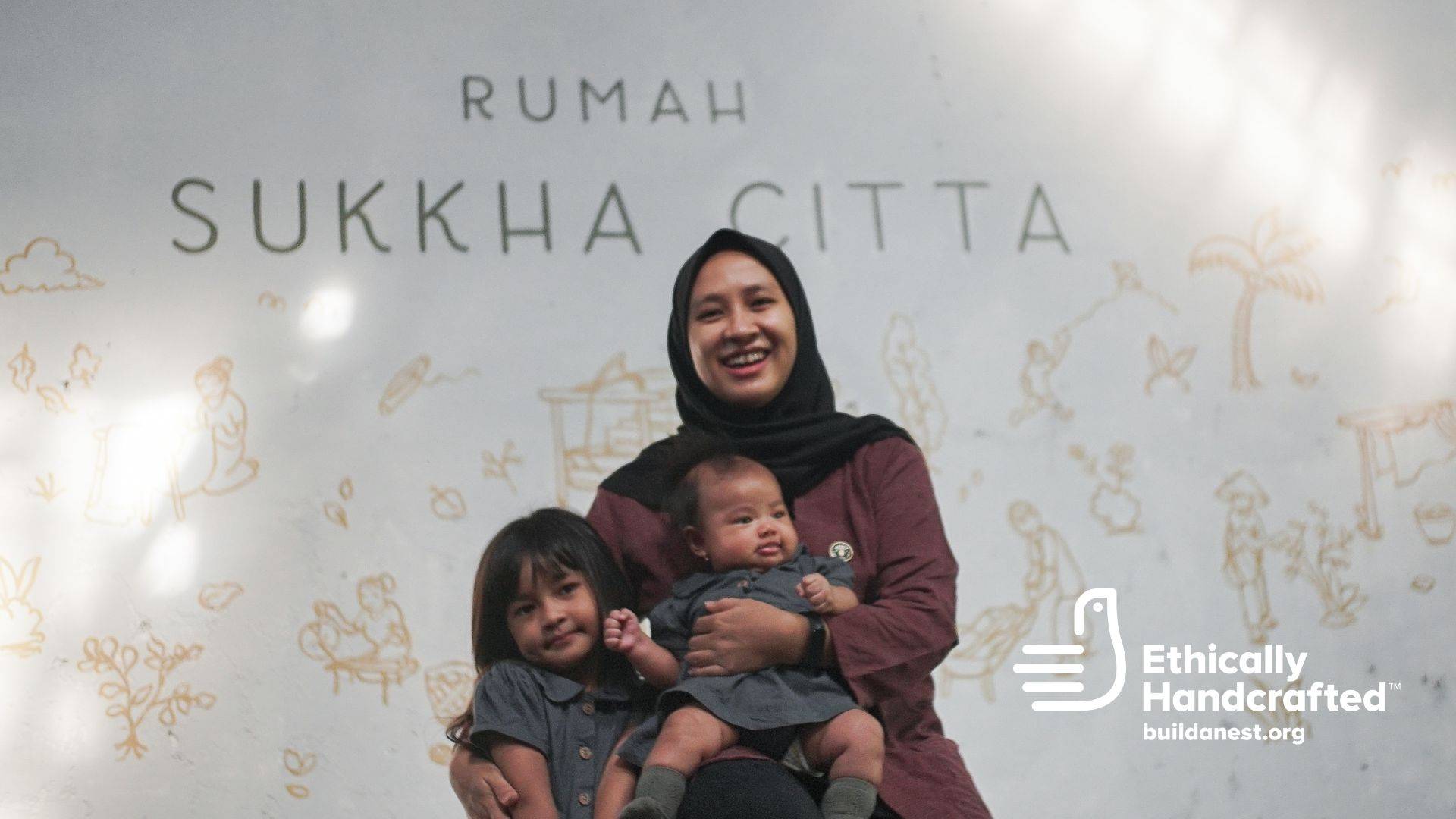Preserving Indigenous Cultures
Each SukkhaCitta piece is crafted by hand. Using traditional craftsmanship passed down through generations.

Unable to earn a living, artisans in villages across Indonesia are forced to abandon their craft.
Through access to education and living wages, we are giving women back the choice to continue their tradition.
Ensuring that craftswomen not only survive, but thrive. As protectors of their land.
In our craft schools, older master artisans become mentors to the young apprentices.
Keeping their oral history from disappearing.
Behind the Craft
Batik
Each line, flowers, down to the smallest dots on your most meaningful piece is drawn by mothers, not machines.
Using the heritage craft of Batik: An ancient wax-resist craft that flourished on the islands of Indonesia.
A time-consuming labor of love, Batik is celebrated for its spiritual dimensions in addition to its one-of-a-kind beauty and ability to convey meaning through generations.
The 8 Steps of Batik
Types of Batik
Batik Tulis
This is the finest type of Batik. The motif is drawn by hand, the hot wax is applied using a small pen called ‘tjanting’. A real Batik Tulis piece take months to make and is individually unique as each bears the handwriting of the woman who made it.
Batik Tjap
Here, the hot wax is applied using a copper stamp. Due to the fast and heavy nature of the work, most Batik Tjap is made by men. As the process is a lot faster and standardized, 1 artisan can create up to 20 fabrics a day.
Printed 'Batik'
Due to the rise of demand, today traditional textiles are mass produced in thousands through digital and screenprinting.
Printed at a fraction of the cost, these fabrics appropriate traditional motifs while pressing artisans out of the market as their hands are unable to compete with machines.
Regenerating our heritage and returning pride
to women who have been invisible for too long.
By wearing these pieces, you become part of this reconnection. To the land and all the hands in between.










